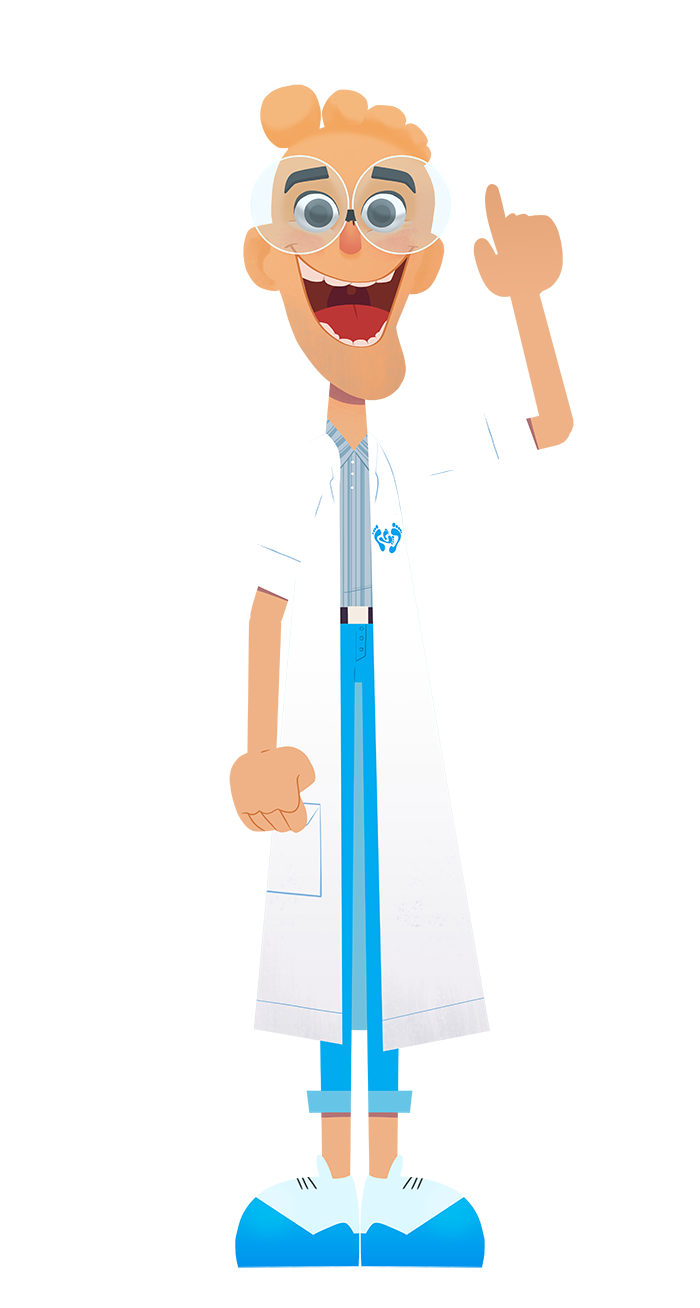
PiedRéseau is a network of professionals devoted to foot care
- No medical referral needed
- Reimbursed by most health insurance plans
Foot orthotics
Custom molded foot orthotics can correct deformities, relieve pain and treat pathologies. On a daily basis, they help improve your posture and comfort.
Minor surgeries
Corn and callus removal, medical nail clipping, ingrown toenail care, wart removal: entrust your nail and foot skin problems to your chiropodist.
Bone surgeries
Our podiatrists who perform surgery offer various bone surgeries to address numerous issues. Benefit from an effective operation.
Pain management
Your chiropodist offers solutions for foot, leg and back pain, no matter how severe. We offer the solutions you need: cortisone injections, laser therapy, manual therapy or therapeutic taping.
Skin treatments
Your chiropodist can effectively manage foot skin conditions. Painless treatments are available in our clinics to eliminate athlete’s foot, corns, or warts.
Nail treatments
Toenails also need care. Your chiropodist can treat fungus and other nail infections, as well as restore thickened or deformed nails to their healthy, natural appearance.
Foot care
Your chiropodist offers many treatments to ensure the overall health of your feet: the application of creams, antibiotic footbaths, and debridement of corneal skin.
Cortisone injections
Cortisone injections, sometimes referred to as “cortisone infiltration,” are often a beneficial podiatry treatment used to relieve acute or chronic pain related to various musculoskeletal issues.
A range of advice at your feet
Find a wide range of advice at your feet. On our blog, discover our tips, seek professional advice, get news about the network and much more!

Why Do Your Feet Hurt? Common Causes

Snowstorm: What Impact Does It Have on Your Feet?

Seven Ways to Relieve Foot Pain

Cortisone Injections: Four Conditions They Can Treat




